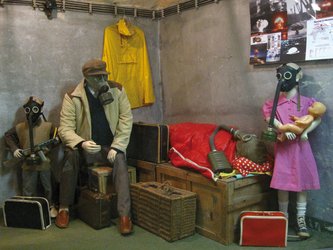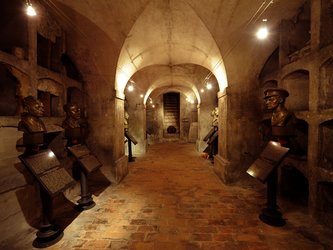National Memorial on Vítkov
Where
Žižkov
Address
Národní památník na Vítkově
Vítkov is also a nice place to simply go for a walk. The memorial is surrounded by a sprawling park with a magnificent view of Prague.
Marek, Avantgarde Prague






